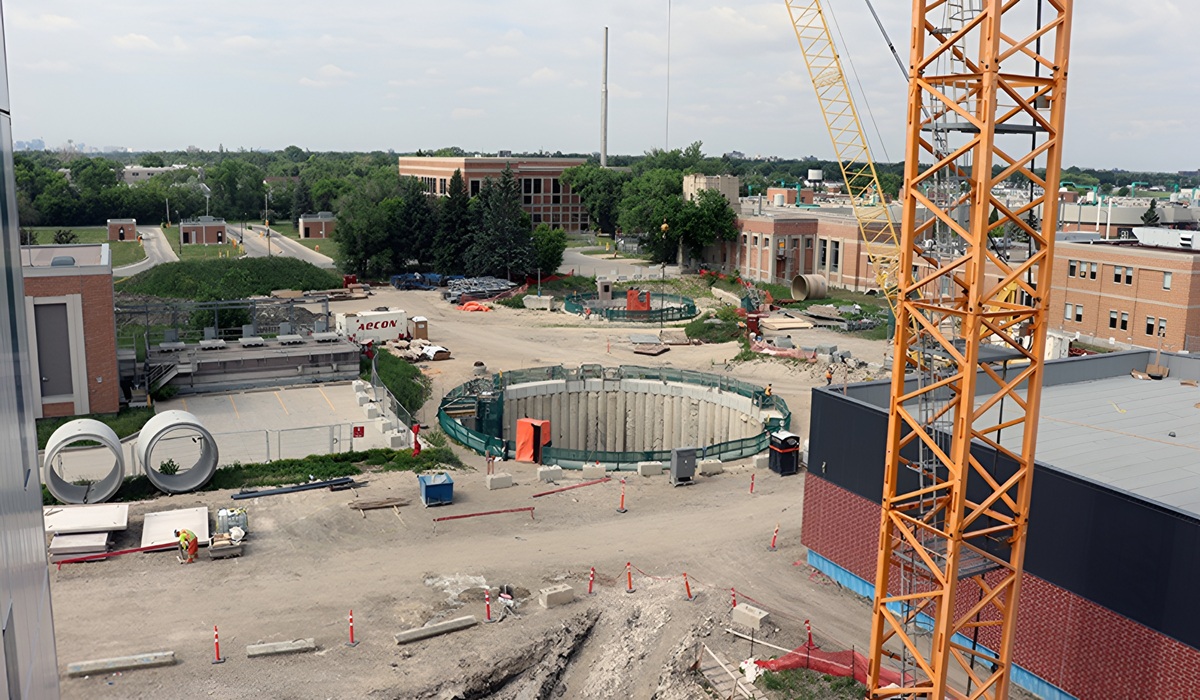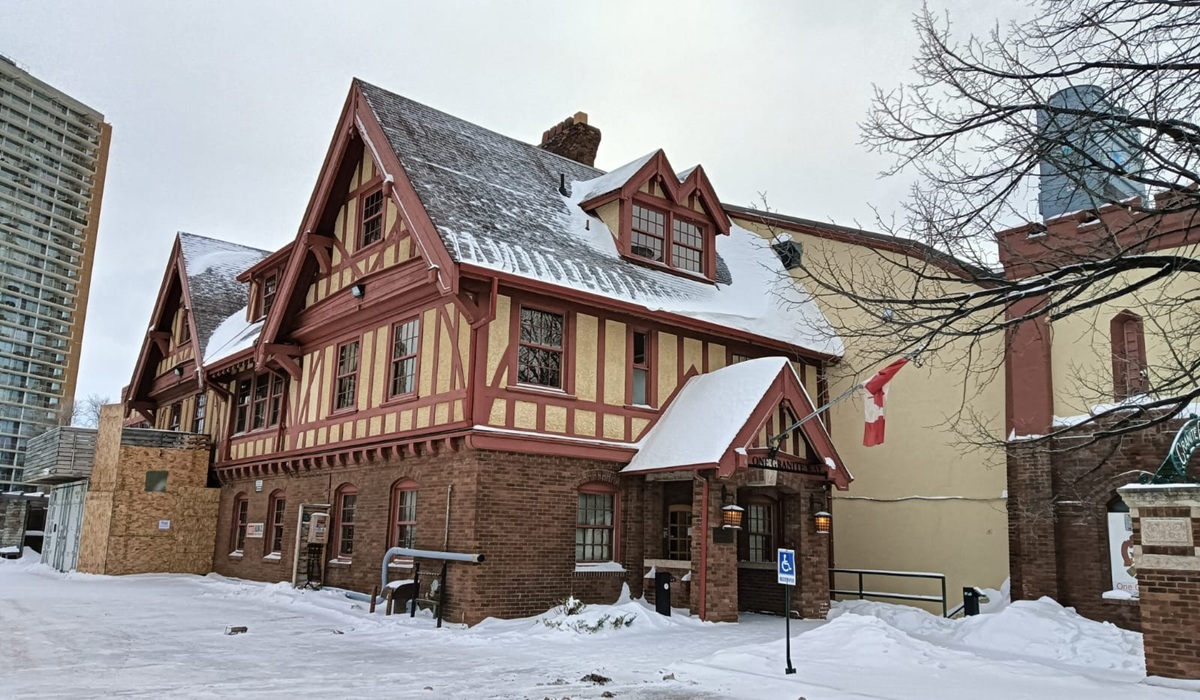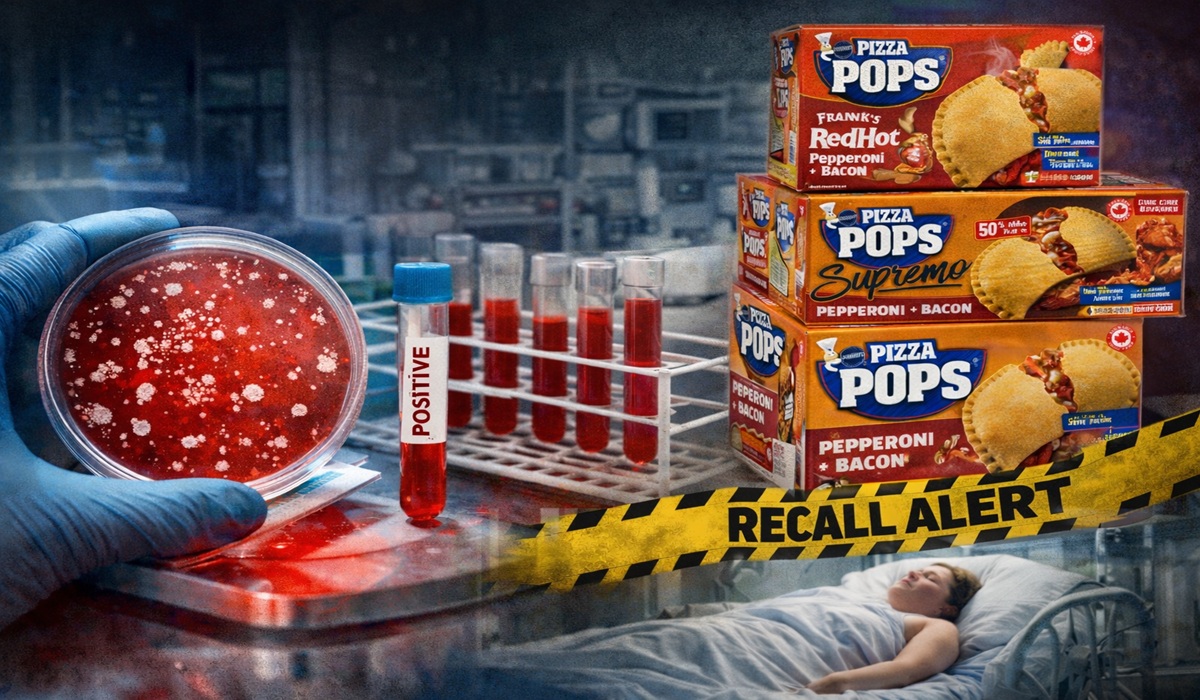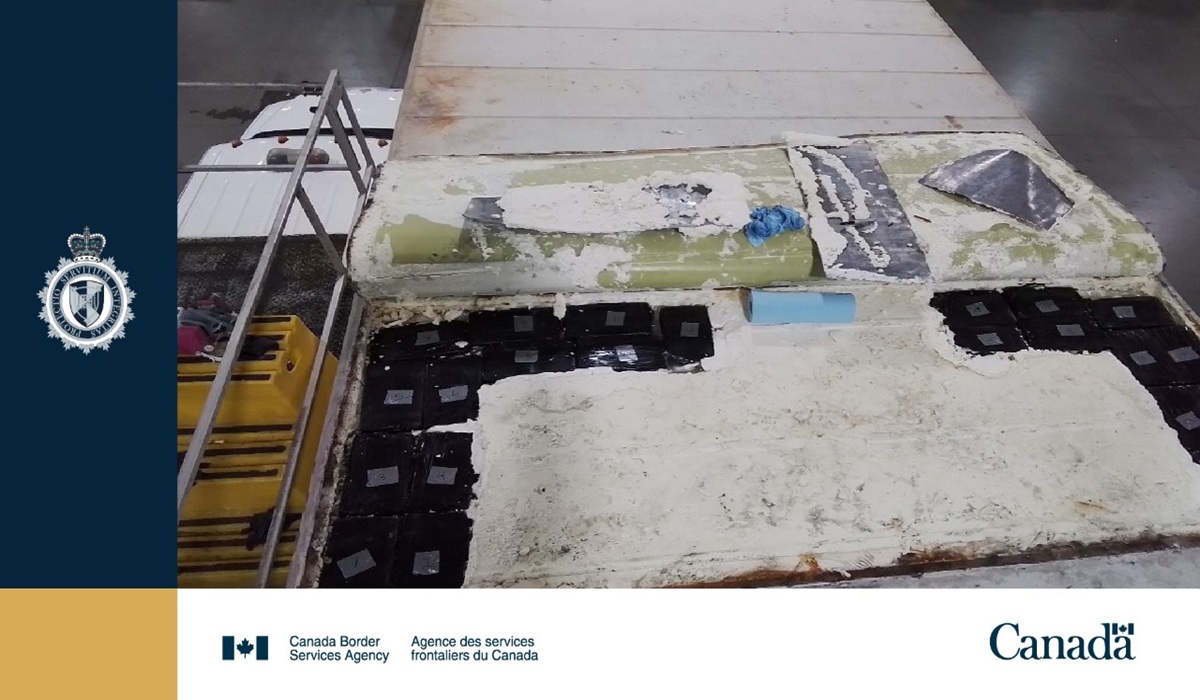Half a Year Without UV: Winnipeg’s Risky Gamble on the Red River
- Don Woodstock
- Canada
- September 25, 2025

The City of Winnipeg has announced that ultraviolet (UV) treatment at the North End Wastewater Treatment Plant will be shut off from October 1, 2025, until March 2026 to accommodate ongoing upgrades. On paper, the reasoning appears straightforward: construction crews need uninterrupted access to equipment and facilities to complete one of the largest infrastructure projects in North America. But the real question is whether half a year of untreated wastewater flowing into the Red River, even with other treatments in place, is acceptable or necessary — and whether the public has been given enough time to prepare.
The city insists that this interruption is only temporary and emphasizes that drinking water remains safe. Still, the removal of the final safeguard against bacteria and viruses, including E. coli and fecal coliform, carries significant risks. Residents downstream of the North End facility, particularly those within three kilometers, have been notified and told to take precautions: avoid contact with river water, wash hands thoroughly, and keep pets away. But is a simple notice enough when we are talking about an interruption that spans nearly half a year? Could more warning have been provided? Many will rightly ask why the city once again offers vague timelines while expecting residents to trust that “temporary” means six months and nothing more.
When projects of this magnitude are planned, jurisdictions elsewhere often adopt mitigation strategies to protect public health. Some cities install bypass UV systems, even if temporary, to maintain partial disinfection. Others stagger upgrades to limit service disruptions, or they invest in mobile treatment units to ensure bacteria and virus levels do not rise in local waterways. Did Winnipeg explore these options? If not, why not? And if they were considered and dismissed, what was the rationale? The public deserves transparency, not only about the risks but also about the choices that were made behind closed doors.
This situation also highlights a broader problem with how the city communicates about infrastructure. Winnipeg is no stranger to overbudget and delayed projects, with recent reports showing a staggering $2.2 billion in cost overruns across multiple initiatives. If that track record is any indication, how much confidence should residents have that UV treatment will be back on exactly in March? What assurances, incentives, or accountability mechanisms are in place to ensure that this deadline is met? Right now, there appears to be little beyond the city’s word — and history suggests that may not be enough.
There are alternatives that could mitigate the risks. The city could deploy temporary UV treatment units during peak contamination periods, especially in warmer months when recreational river use is highest. Enhanced public advisories, backed by consistent water quality monitoring reports released to the public, could reassure residents by providing real-time data rather than vague promises. Coordination with health agencies to set up temporary testing stations for those who may come into contact with the water would add another layer of protection. Even partial disinfection systems, though costly, would demonstrate a commitment to balancing construction needs with public health responsibilities.
What remains troubling is the sense that the city is once again asking residents to absorb the risk of poor planning. The North End Wastewater Treatment Plant upgrade is undeniably critical, particularly for reducing phosphorus and nitrogen loads that contribute to Lake Winnipeg’s algae crisis. But progress should not come at the expense of safety in the meantime. The city must answer tough questions: Why is the UV shutoff the only option? Could there have been more notice? Why not stagger the work? What guarantees exist that March 2026 will not become April or June? And most importantly, what level of risk are Winnipeggers being asked to quietly shoulder, without any real choice in the matter?
In the end, the decision to suspend UV treatment is a stark reminder that Winnipeg’s infrastructure challenges are not simply about dollars or engineering. They are about trust. Trust that deadlines will be met. Trust that alternatives have been explored. Trust that public health will not be treated as an afterthought in the pursuit of long-overdue upgrades. Without clear answers, this six-month “temporary” disruption looks less like an unfortunate necessity and more like yet another example of a city struggling to project, plan, and deliver.








